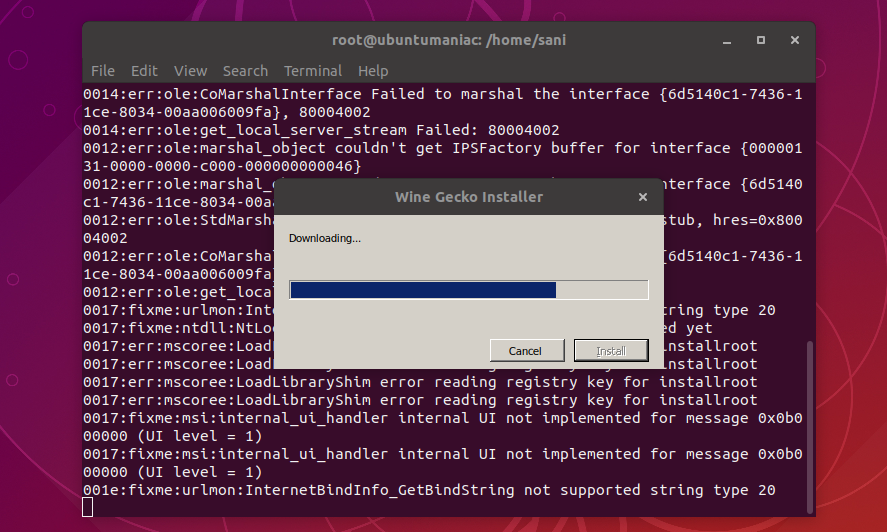Install Brew On Mac Catalina
Homebrew is a package management software that simplify the installation of the softwares made for mac but it also work on linux. If you are not sure if brew is install on your mac, I recommend to checkout this stack-overflow threads.In this post, I will be focusing on how to install redis and run it at background. Homebrew (brew) is a free and open-source package manager that allows installing apps and software in macOS, depending on the user’s desire. It has been recommended for its simplicity and effectiveness in saving time and effort. Its famous description is “The missing package manager for macOS”.
Homebrew is a package managing tool. It’s more popular on Linux but is also used extensively on macOS. In fact, for apps that install as packages, Homebrew is the easiest way to remove them. Here’s how you can install Homebrew on macOS Catalina. In order to install Homebrew on macOS Catalina, you must have Xcode installed. Unfortunately, Eclipse is not capable of communicating with any debugger other than GDB (yet). Here is a step-by-step guide for installing and configuring GDB. As with GCC, the easiest way to install GDB is through Homebrew. In a Terminal window, run the command brew install gdb, and wait for it to complete. (As usual, it may.
Installing Drush on MacOSX with Composer
Zsh is the new default shell in Catalina. I made it my primary shell. Brew is the missing package manager for osx. It’s great, go get it. Drink a cup of tea while it downloads Xcode tools for you if it needs to. Install pyenv through Brew. Pyenv is fantastic for managing different python versions on mac. Once Brew is installed, you should.
In order to install Drush, you should first install Composer. Composer is often required for Drupal 8 and once Composer is installed, installing Drush is easy.
1. Open the Terminal app on your Mac.
2. Install Homebrew via the instructions here: https://brew.sh/
3. Install Composer globally on your Mac with this command:
brew install composer
4. If your computer doesn’t have a “/usr/local/bin” directory, create that first with this command:
sudo mkdir -p /usr/local/bin

…that creates the directory; you should be prompted to enter your computer’s password.
Install Homebrew On Macos Catalina
Now, when you type composer --version and press Enter, we’ll see that you have Composer installed!
5. Install Drush via Composer:
Note!: Please do not install Drush using composer global require. See Pantheon’s article, Fixing the Composer Global command.
Instead, first install the Composer global require command:
composer global require consolidation/cgr
6. Add the vendor/bin from the Composer home directory to your $PATH.
(Thereafter, you may substitute cgr for any command line tool whose installation instructions recommends the use of Composer global require. Example: cgr drush/drush)
If you get a popup to install the Xcode Developer tools, go ahead and install Xcode.
7. Update the system $PATH:
vim ~/.bash_profile
to edit the file press the i key to enter Insert mode
…next, copy and paste this into that file:

export PATH='$HOME/.composer/vendor/bin:$PATH'PATH='$(composer config -g home)/vendor/bin:$PATH'
Press the Escape (esc) key to switch back to command mode.
Type :wq and press Enter to save and quit the file.
8. Quit the Terminal app (or, run the “source” command to load the .bash_profile file without having to restart the Terminal.)
To run the source command:

Install Brew On Mac Catalina
source ~/.bash_profile
9. Now you will actually install Drush:
Brew Install Mysql Mac Catalina
Install latest stable Drush:
cgr drush/drush
How To Install Brew On Catalina
Now if you type drush and press Enter, you’ll see that Drush is installed, and working on your machine!